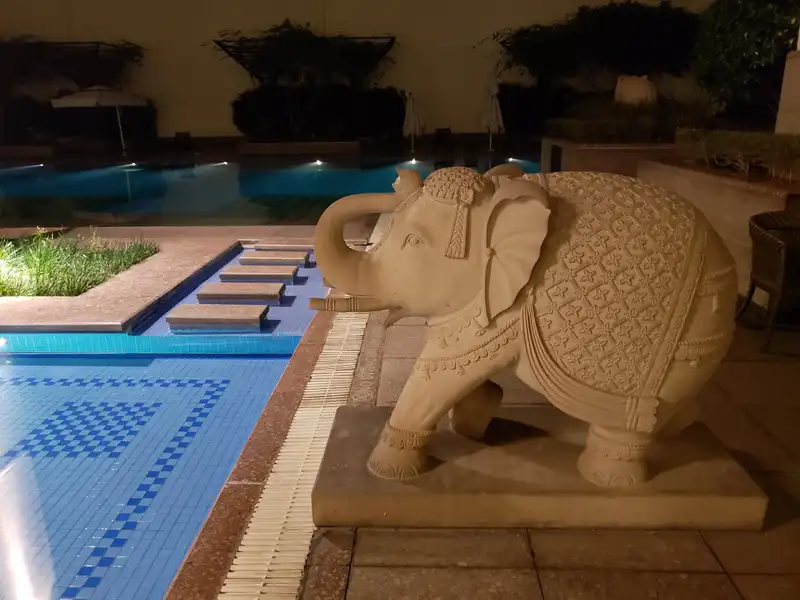Elephant Hunting: Confronting the Biggest Challenges Head-On
Walking into a room for a meeting or speech, you’re often greeted not just by faces but also by an unspoken presence – the elephant in the room. It’s the major objection, the thorny issue, or the underlying conflict everyone is aware of but reluctant to discuss. Over the years, I’ve honed a technique I call ‘Elephant Hunting,’ which is about tackling these metaphorical elephants directly.
Identifying the Core Issue
The first step in this process is to recognize the elephant. It might be looming challenges like budget cuts, unpopular policy changes, or unresolved team conflicts. Identifying this requires observation, understanding group dynamics, and listening to the unsaid. The elephant could be anything that’s a silent yet significant presence in the room. If you are leading a long presentation (think quarterly meetings), or if the discussions lean toward the technical, a technique I learned at Microsoft was the process of brainstorming for ‘Rude Q&A.’ (I am sure this was not originated there, but the intentional act of being an ass to yourself or to others on the team presenting to make sure you have driven out all the questions that make the presenter uncomfortable is an extremely valuable process. The value can go far beyond the ‘Elephant Hunting,’ usage I am focused on here and this concept of ‘Rude Q&A,’ is really at the heart of the open dialog and discourse I recommend for any team that hopes to perform at elite levels.
Directly Addressing the Elephant
Once identified, the next move is to address it openly. Depending on the context, this might involve presenting a detailed plan to tackle the issue, or sometimes, explaining why it’s being set aside. The key is a thoughtful, respectful approach that considers the impact on the team or audience.
When I say address it openly, I mean address it openly practically FIRST. Do not waster time painting pictures of joy and happiness while your audience is envisioning vast wastelands that will be left after a market conflict they imagine might occur.
Address those fears first or risk wasted and inefficient noise.
Encouraging Open Dialogue
By bringing the elephant into the open, we encourage others to share their views. This step is vital for transparency and trust-building within a team. Open dialogue helps to demystify the issue, allowing everyone to voice their opinions or concerns. The once daunting elephant then becomes a manageable challenge, open for collective discussion.
Moving Beyond the Impediment
After acknowledging and discussing the elephant, it’s crucial to shift focus back to the primary goals. By addressing the unspoken issue, we free the group’s thought process, allowing more creative and productive discussions. The team can now concentrate on moving forward without the burden of an underlying distraction.
The Power of Elephant Hunting
This approach is not just about confrontation; it’s about achieving clarity and progress. By courageously addressing the most significant challenges first, we pave the way for more effective communication and problem-solving. It’s about removing barriers to thought and enabling teams to focus on what truly matters. In the realms of strategy and leadership, tackling the elephant in the room is an invaluable technique. It empowers us to take control of the narrative and facilitates meaningful progress. Remember, the elephant only has as much power as we allow. By facing it head-on, we navigate our path towards successful outcomes.

